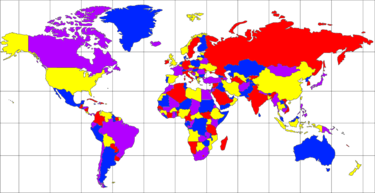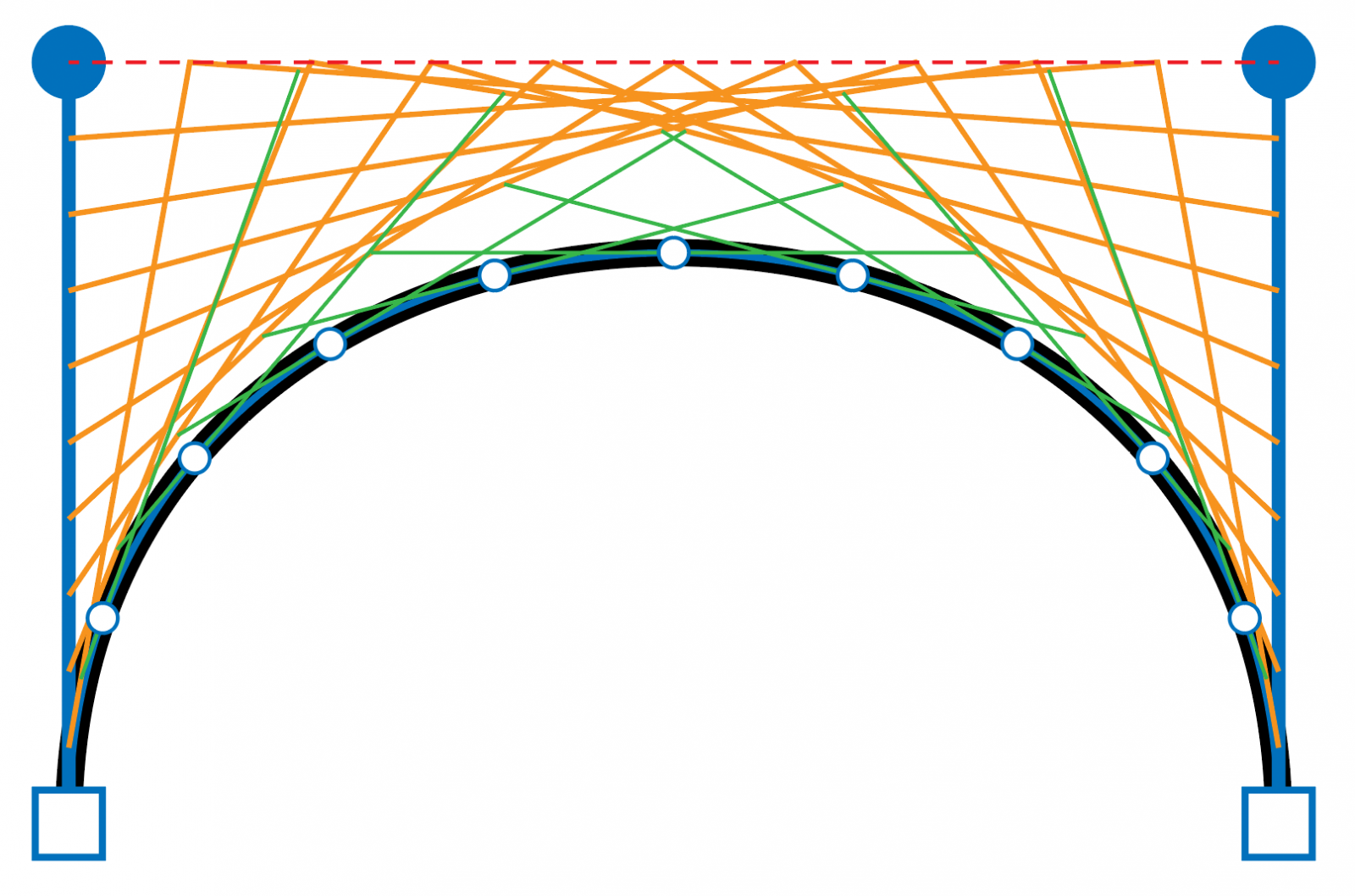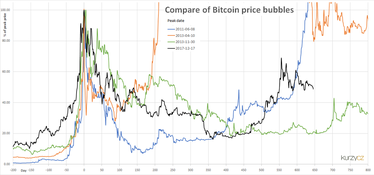Lectures and Workshops
printCiphers then and now - Nastja Cepak
 Cryptography's roots reach deep into our history. As soon as a king wanted to send written secret instructions to his generals, as soon as a craftsman wanted to write down a trade secret the need for cryptography appeared - the discipline that by today's definition enables two parties to communicate over an insecure channel. Almost everyone has heard of Julius Ceaser's simple shift cipher, but the first uses of cryptography can be traced to well over 1000 years before his time. With the progress of encryption, the science of breaking the ciphers and revealing the original message, cryptanalysis, was also being developed. Together, cryptography and cryptanalysis form the field of cryptology, which has never in human history held a more important role in society at large than today.
Cryptography's roots reach deep into our history. As soon as a king wanted to send written secret instructions to his generals, as soon as a craftsman wanted to write down a trade secret the need for cryptography appeared - the discipline that by today's definition enables two parties to communicate over an insecure channel. Almost everyone has heard of Julius Ceaser's simple shift cipher, but the first uses of cryptography can be traced to well over 1000 years before his time. With the progress of encryption, the science of breaking the ciphers and revealing the original message, cryptanalysis, was also being developed. Together, cryptography and cryptanalysis form the field of cryptology, which has never in human history held a more important role in society at large than today.
Coloring graphs and maps - Clément Dallard

A graph is a mathematical structure consisting of a set of vertices and a set of edges, where each edge is a pair of vertices. Graphs are often used to describe relationships between objects, or people, and structural properties of graphs can help us solve practical problems efficiently. In this lecture, we will present two major topics in graph theory: planarity and vertex coloring.
The first part of the lecture will focus on the concept of planarity. A graph is said to be planar if it can be drawn on a piece of paper such that edges are represented by lines and no two edges cross. Many practical applications are directly related to the concept of planarity. For instance, designing printed circuit boards may require to "jump" over some tracks to avoid short circuits. However, to keep the production cost at a minimum, it may be possible to design the circuit board in such a way that such jumps can be avoided. By modeling the circuit board as a graph, a natural question arises: Is the graph planar? If the answer is yes, then the jumps over the tracks are not necessary. Otherwise, when the answer is no, it is interesting to know which structure within the graph makes it non-planar.
In the second part of the lecture, we will discuss the problem of coloring the vertices of a graph with a minimum number of colors such that no two vertices joined by an edge are colored the same. Applications of graph coloring include scheduling problems, radio frequency assignment, Sudoku solving, map coloring, and more... As we will see, in general the minimum number of colors needed can be large. But we will show that 5 colors are enough for planar graphs!
From simple curves to animated film - Karla Ferjančič
 In 20th century, P. E. Bézier (at Renault) and P. de Casteljau (at Citroen) independently developed curves that allowed a precise definition of the shape of the car body. These curves have been called Bézier curves, and with the development of computers, they have become indisputably useful and are nowadays indispensable in the automotive, aerospace and ship industries, for robot control, modeling, computer animation and many other fields. At the lecture, we will first learn about the basic principles of animation and how we can move virtual objects in computer graphics using different curves. We will then explore the Bézier curves and some of their interesting properties. To demonstrate their practical meaning, we will learn the basics of 3D modeling and animation with free and open source program Blender.
In 20th century, P. E. Bézier (at Renault) and P. de Casteljau (at Citroen) independently developed curves that allowed a precise definition of the shape of the car body. These curves have been called Bézier curves, and with the development of computers, they have become indisputably useful and are nowadays indispensable in the automotive, aerospace and ship industries, for robot control, modeling, computer animation and many other fields. At the lecture, we will first learn about the basic principles of animation and how we can move virtual objects in computer graphics using different curves. We will then explore the Bézier curves and some of their interesting properties. To demonstrate their practical meaning, we will learn the basics of 3D modeling and animation with free and open source program Blender.
Trading with financial instruments - Rado Pezdir

We will analyse fundamental principles of trading on organised stock exchange. Emphasis will be put on two major methodological concepts which are by far most used concepts at trading: technical analysis and fundamental analysis. We will also use simple Markov process in order to forecast future prices of financial instruments and will test reliability of those forecasts on real market data.